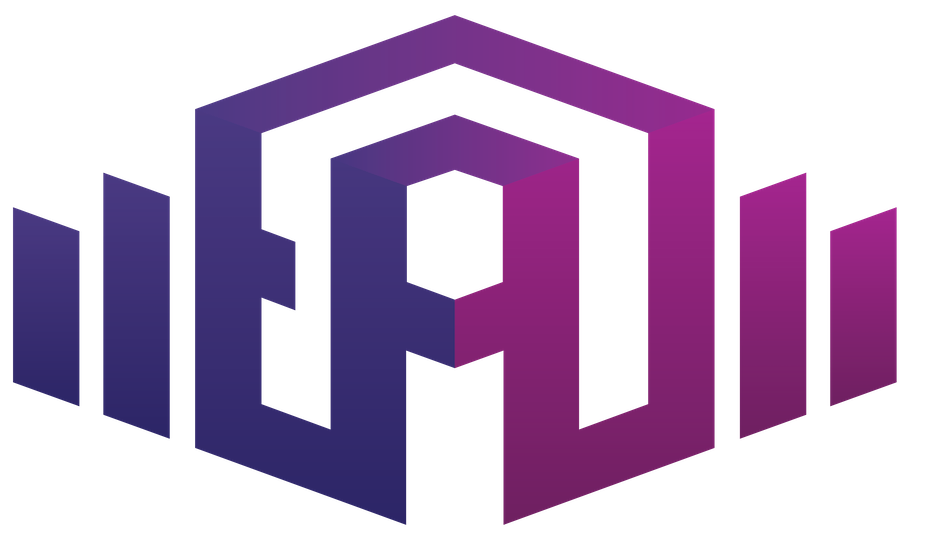We are excited to have had Bob doing an internship with us. In this post he sums up his experience on working on a promotional and a demo film for the EAD method.
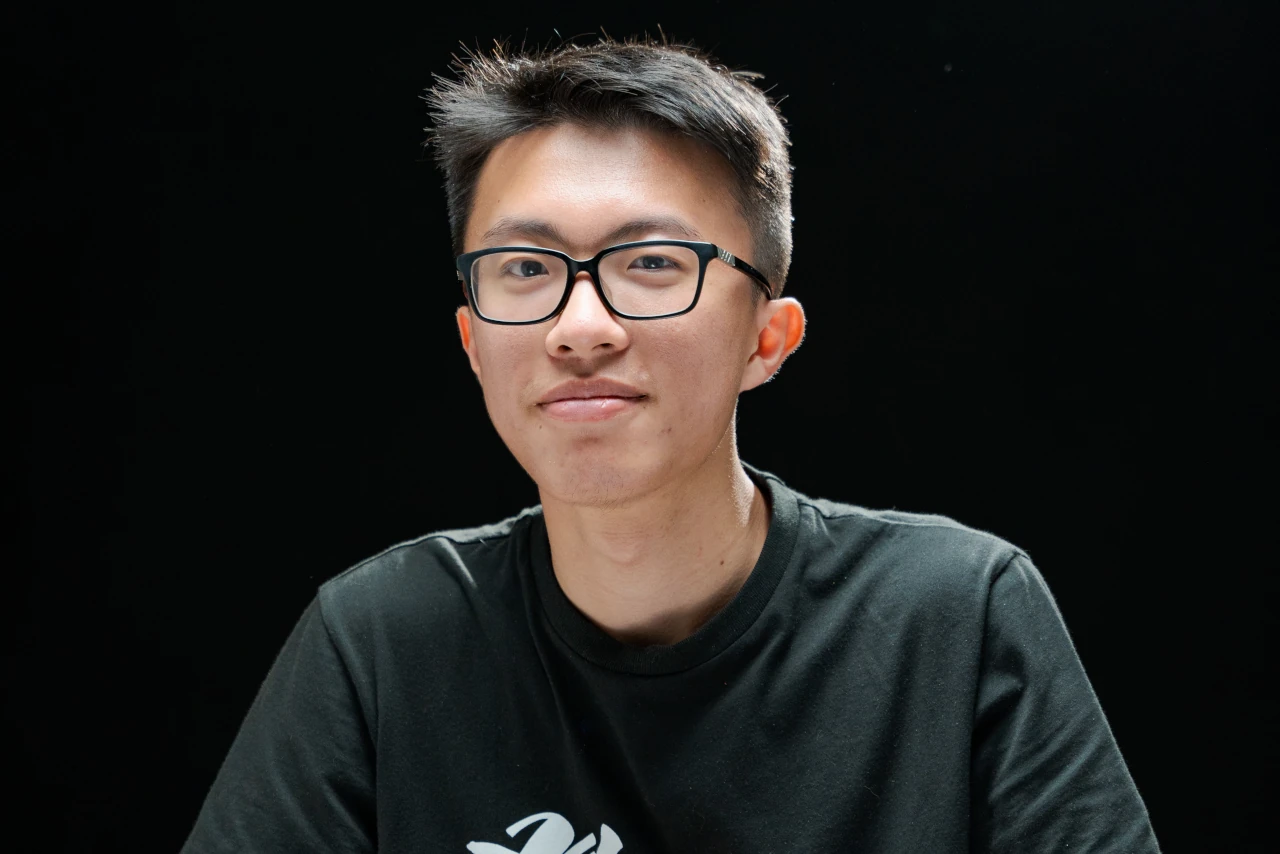
Accessible filmmaking has always intrigued me. Although my university course briefly introduced and covered practices to improve accessibility on film sets, it was not until last year, when I attended one of Mariana’s sharings on the Enhancing Audio Description technique, that I began to understand the intricacies of audio description and how Mariana and her team are working to refine and enhance the technique through this project.
Coming into this experience, I knew that one area I needed to refine was my audio editing skills, as I had relatively limited prior experience working with audio in film or using the software. As such, much of my first week was dedicated to developing an efficient workflow. While the audio editing tasks I was assigned, primarily editing episodes of the DARCI podcast, were not especially complex, I was nonetheless committed to ensuring each episode was delivered on time and to a high standard. Although I eventually became comfortable with the technical aspects, I also came to realise that audio editing, much like picture editing, requires a strong sense of intuition in deciding what to cut and what to retain in order to maintain a consistent flow.
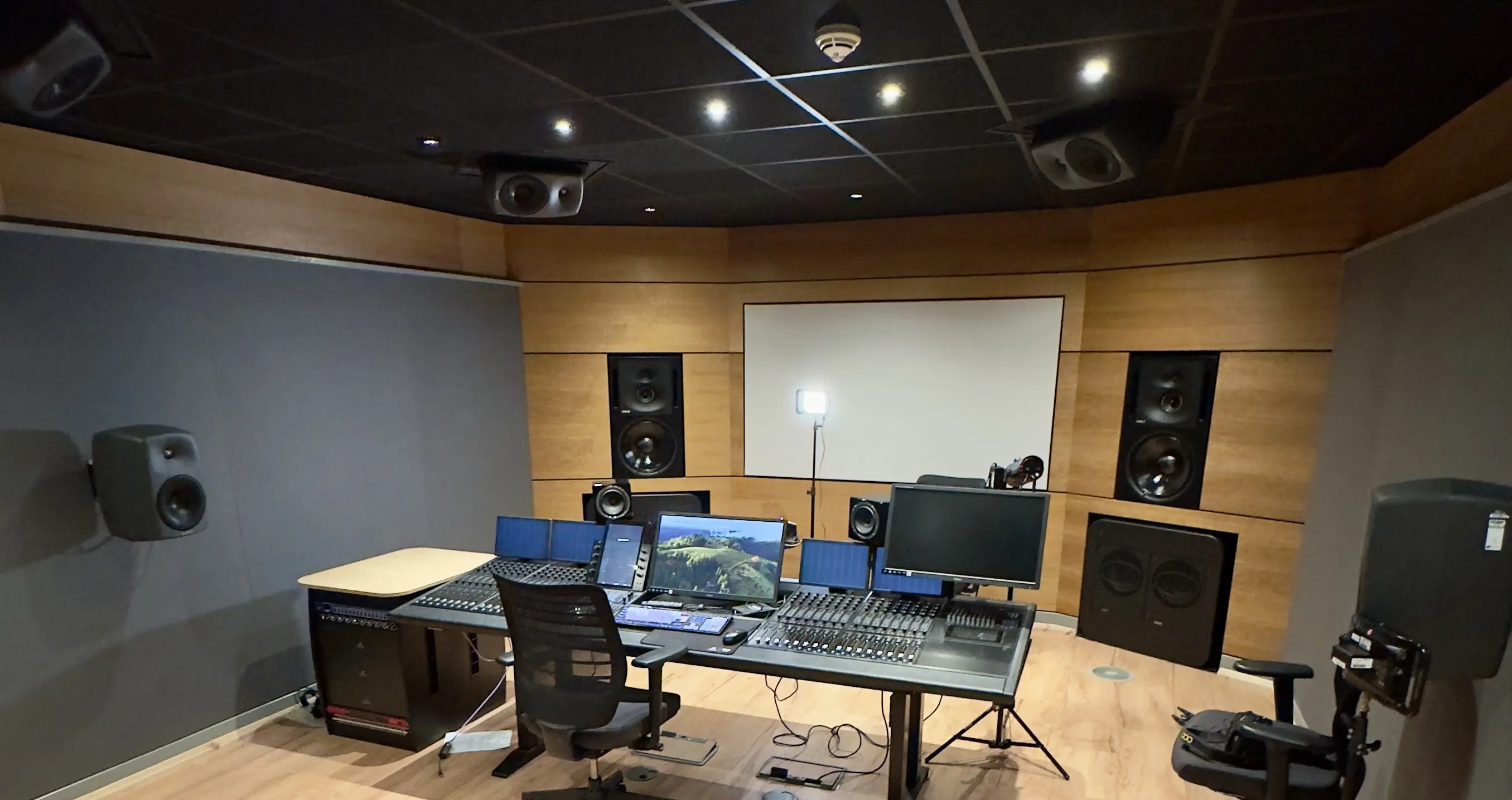
Much of my internship centred around producing a promotional film for the EAD method, a task I had been eager to undertake from the start. After researching various existing promotional videos, I realised just how many of them felt overly sterilised and corporate in tone. Presenters would often focus on delivering generic facts about their projects without offering a compelling narrative or conveying why audiences should genuinely care. Hence, I was quite adamant that our video should, at the very least, feel more intimate and personal. This led me to propose the inclusion of contributors who, while not directly involved in the project, still have relevant connections to it and can speak to their personal experiences with the technique.
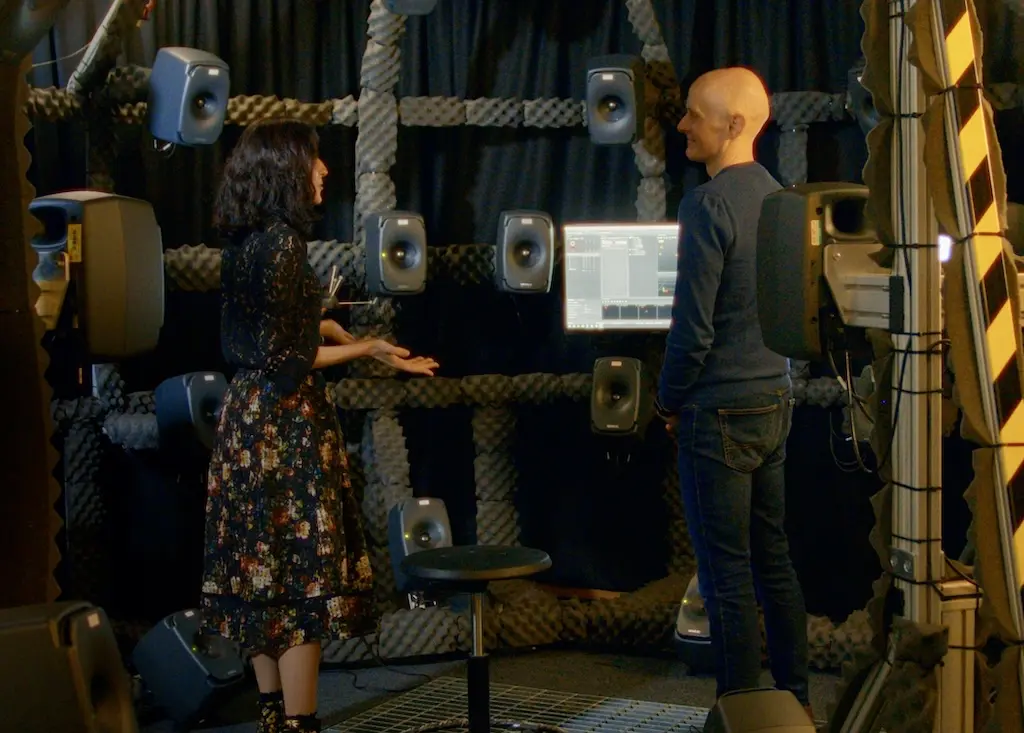
One of the most rewarding aspects of working on the video was the chance to film in the large speaker rig at the Audio Lab. Listening to Gavin demonstrate how the setup functions and how experiments are conducted to enhance the experience was truly fascinating. It gave me a deeper appreciation for the level of care and technical precision involved, as well as the many intricate elements that come together to make the EAD experience feel as immersive as possible. For instance, while a core aspect of EAD involves integrating audio description more naturally by collaborating with the director and screenwriter early on in the production process, it is equally about manipulating the audio and positioning the sound effects to draw the audience’s attention to the various environmental details within the film.
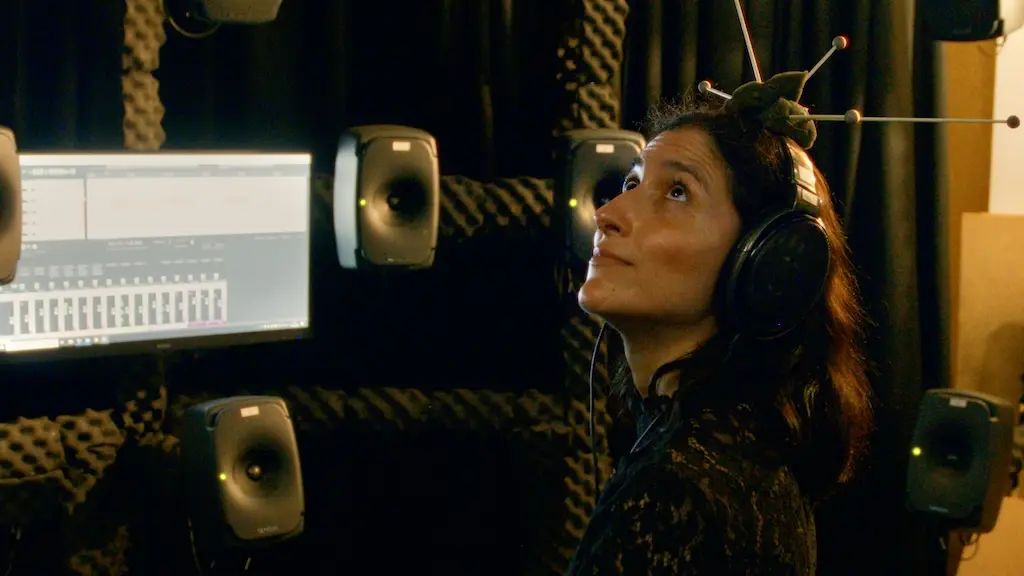
That said, the project was not without its challenges. Coordinating the tight schedules of all the contributors proved difficult, and my initial plan to film everyone in York for visual consistency had to be scrapped. I also underestimated how much information could be meaningfully conveyed within the short runtime, which led me to spend considerable time in the edit restructuring the narrative and ensuring all key elements were included. Nonetheless, the process was a valuable learning experience, and it certainly allowed me to highlight areas for improvement, such as my tendency to occasionally overlook smaller details. Recognising this has been important, particularly in developing my skills as an editor.
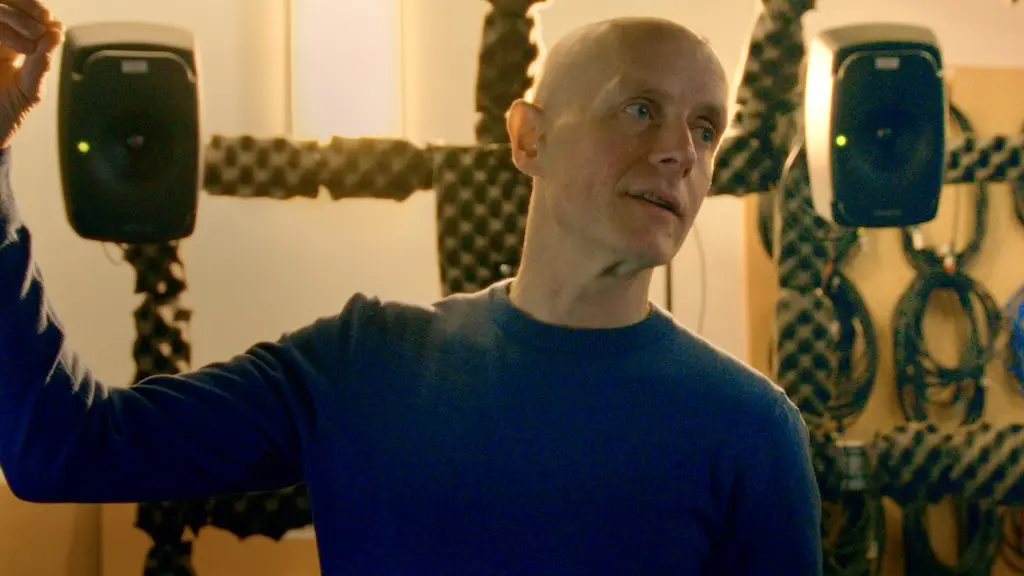
Working with Mariana and the team over the past three months has been quite a rewarding experience. I have gained a much deeper understanding of accessible filmmaking, particularly how the EAD technique is not merely an “add-on” but a complex process of integrating auditory elements to enhance the overall viewing experience of a film. My only regret is not having had the opportunity to explore the podcast and website aspects with Krisztian in greater depth. Although I was briefly introduced to the technical processes behind the DARCI podcast and its distribution on the EAD website, I would have loved more time to learn about this area, as it was all entirely new to me. Nevertheless, I can’t wait to see how EAD will progress in the film and television industry, and I look forward to incorporating this technique into my own future projects.
Bob
